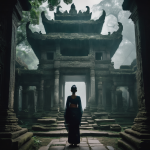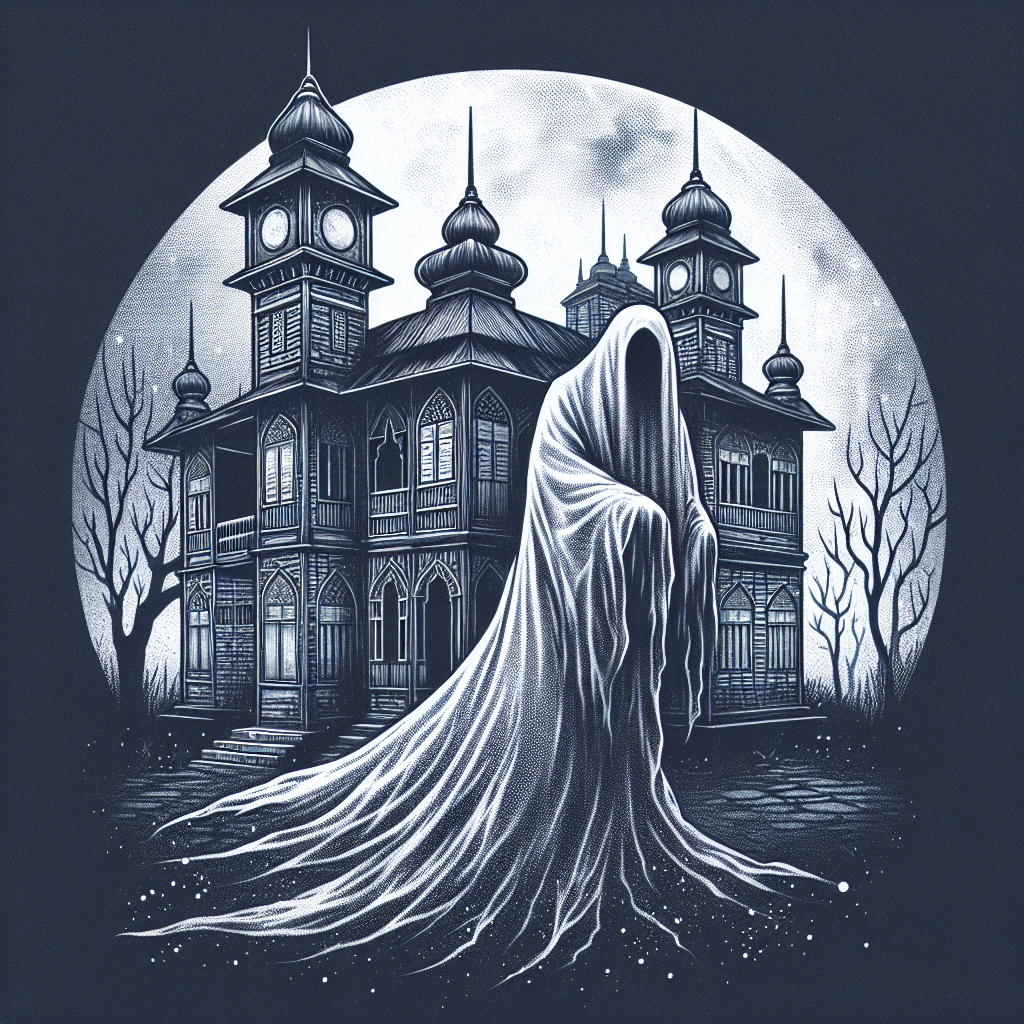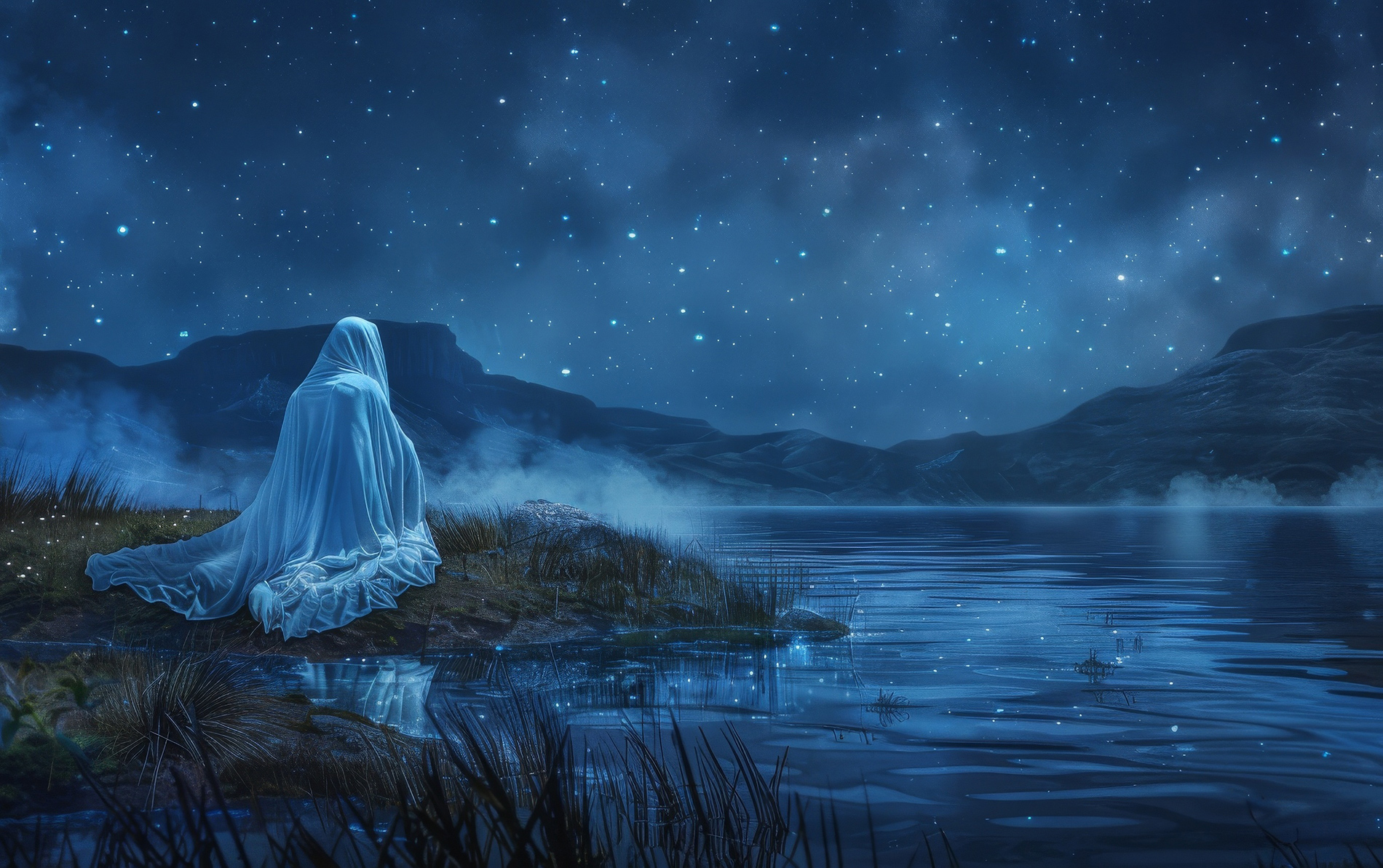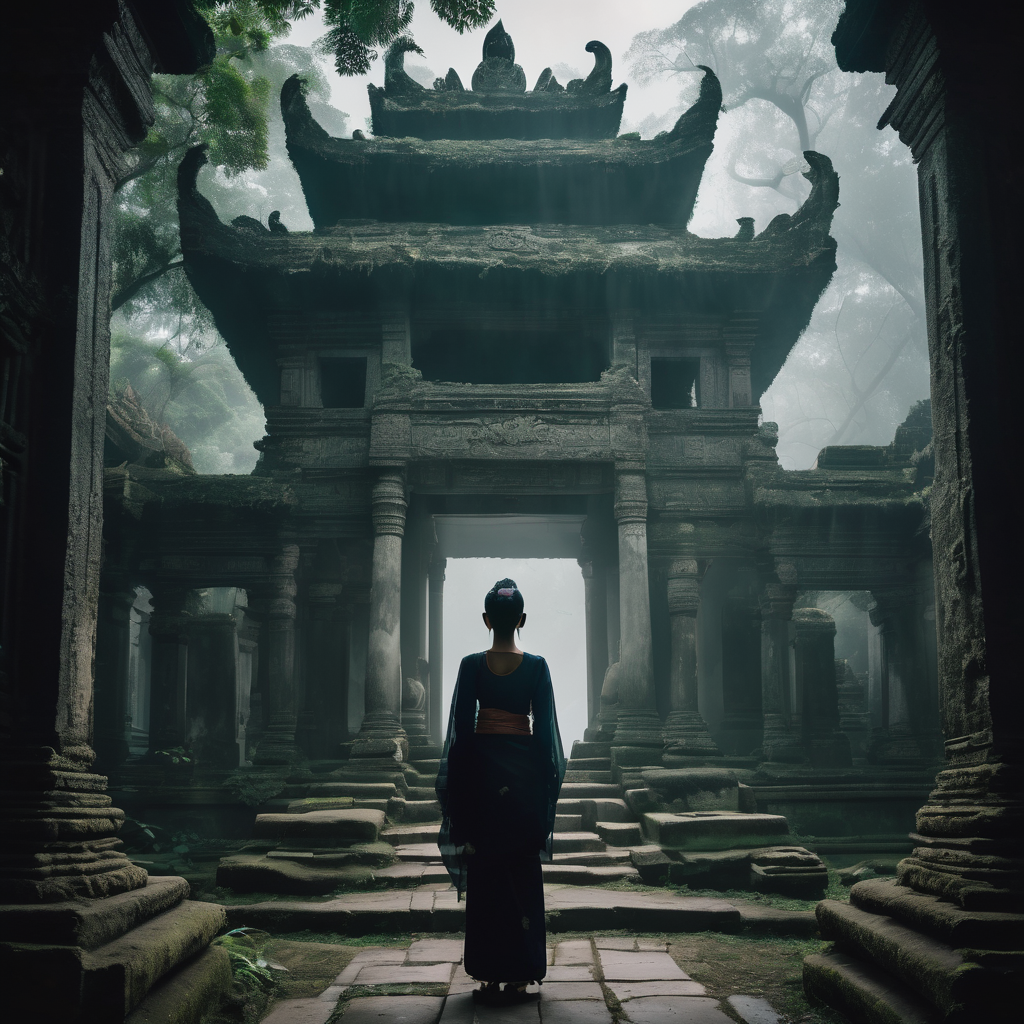On a tranquil yet eerie night, imagine yourself near a shimmering body of water. The moonlight dances off the calm surface, casting a silver glow that nearly flickers. Suddenly, a chilling wail pierces the stillness, deeply unsettling and impossible to ignore! Fear grips your heart as a spectral figure emerges. Dressed in flowing white robes, her demeanor radiates sorrow, while her delicate facade bears the haunting burden of grief. Who is this enigmatic figure? She is La Llorona, the Weeping Woman of Latin American folklore, and her chilling cries echo a mother’s search for her lost children.
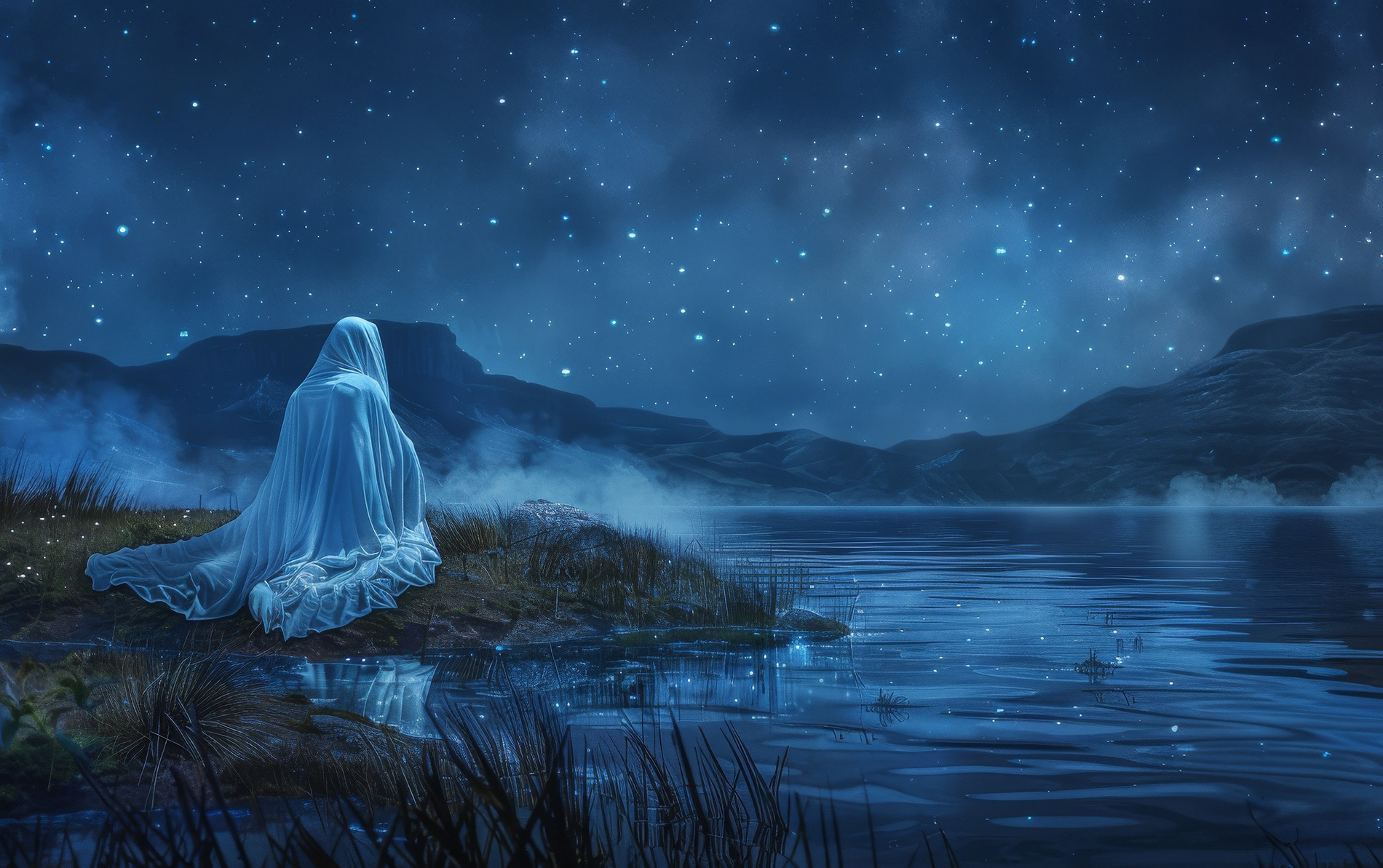
Credit: Amigo Energy
La Llorona’s legend captivates and terrifies, originating from varied cultural narratives that chill the spine. Typically, she appears near rivers, lakes, or ponds, calling out for her children, creating an atmosphere of caution in communities where she is known. As dusk descends and twilight deepens, her haunting cries—echoed down long-forgotten paths—serve as a reminder of the toll many pay for heartbreaking loss.
So, what is the origin of this sorrowful specter? This tragic tale begins with a woman named María, who suffered betrayal by her beloved. Blinded by her grief and desperation, she takes drastic measures that lead her to tragedy and ultimate demise. This process has produced numerous variations—each region weaving unique threads into the rich tapestry of her story, thus shaping interpretations that reflect local concerns and historical contexts.
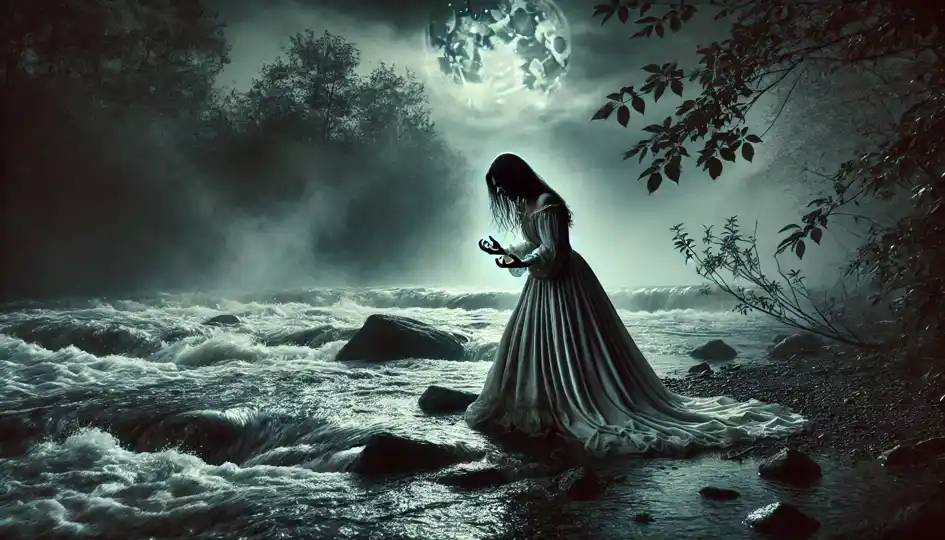
Credit: GatherTales
The roots of La Llorona’s sorrow reach back to ancient Aztec society, intertwining with important figures such as Cihuacoatl, who symbolize feminine tragedy and a mother’s struggle. Through centuries, this mythology has evolved, seamlessly blending into countless traditions, highlighting the transformative power of women in society.
Experiencing the essence of her haunting can shift one’s perspective entirely. Yet, the evocation of La Llorona is regarded with fear by many children, instructed to stay indoors when nightfall envelops the landscape. Living near a river, families share disturbing tales of children, out of sheer curiosity, attempting to glimpse her flowing figure, often leading to dire consequences. Testimonials abound from those claiming to witness fleeting shadows in their peripheral vision. Their cries linger far longer than mere stories should warrant!
But it’s vital to understand that La Llorona signifies more than a scary story meant to terrify children. Therein lies cultural significance, shifting the dialogue away from fear towards grief and the trials that mothers grapple with in society. She embodies both a cautionary figure and a tragic victim. The duality of her existence posits foundational themes of loss that resonate strongly within traditions.
La Llorona extends beyond age-old folklore; recent portrayals in popular media rejuvenate her legacy. Movies like “The Curse of La Llorona” vividly resurrect her persona, cementing her relevance and ensuring that memories of her suffering remain intertwined with contemporary issues—illuminating stark realities such as domestic violence and the struggles surrounding mental health. Through these narratives, social dialogues emerge, addressing the complex challenges women confront today.
Here are some captivating tidbits regarding La Llorona’s legacy: Many mothers across communities have utilized her tale as a protective mechanism. They instruct children that neglecting to heed her haunting wails could lead to dire consequences—an effective moral lesson cloaked in cultural tradition. Ritual interpretations often celebrate different dimensions of her being, revealing her power as a maternal symbol and encouraging a rethink of cultural narratives as they merge with societal shifts.
Advocates opt to reframe her as a feminist icon, contesting patriarchal perspectives on loss. A continually evolving representation captures more than the horror signified by her banshee-like wails. Through eras, La Llorona mirrors the shared journey toward identity, visibility, and resilience, transcending fright and culminating in elemental storytelling that flourishes across generations.
References:
The Mexican Legend of La Llorona – link
The Legend of La Llorona, A Story Worth Reading on GatherTales – link
Encountering La Llorona – Nightmarish Conjurings – link
Categories: Cultural Stories, Do you know, Folklore, Paranormal
Tags: folklore, ghost stories, La Llorona, Latin America, Mythology
Religion: Christianity
Country of Origin: Mexico
Topic: Paranormal Folklore
Ethnicity: Hispanic
